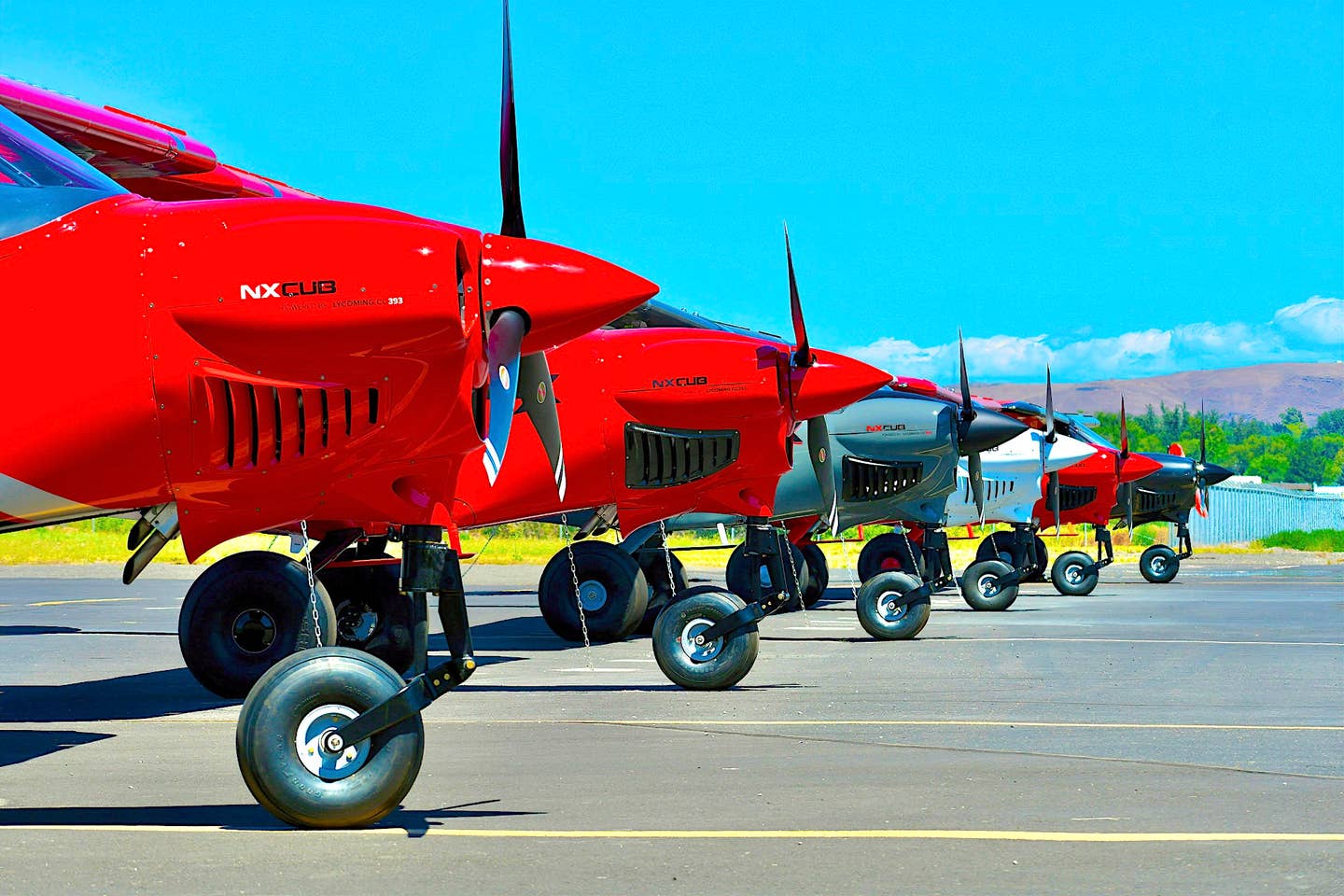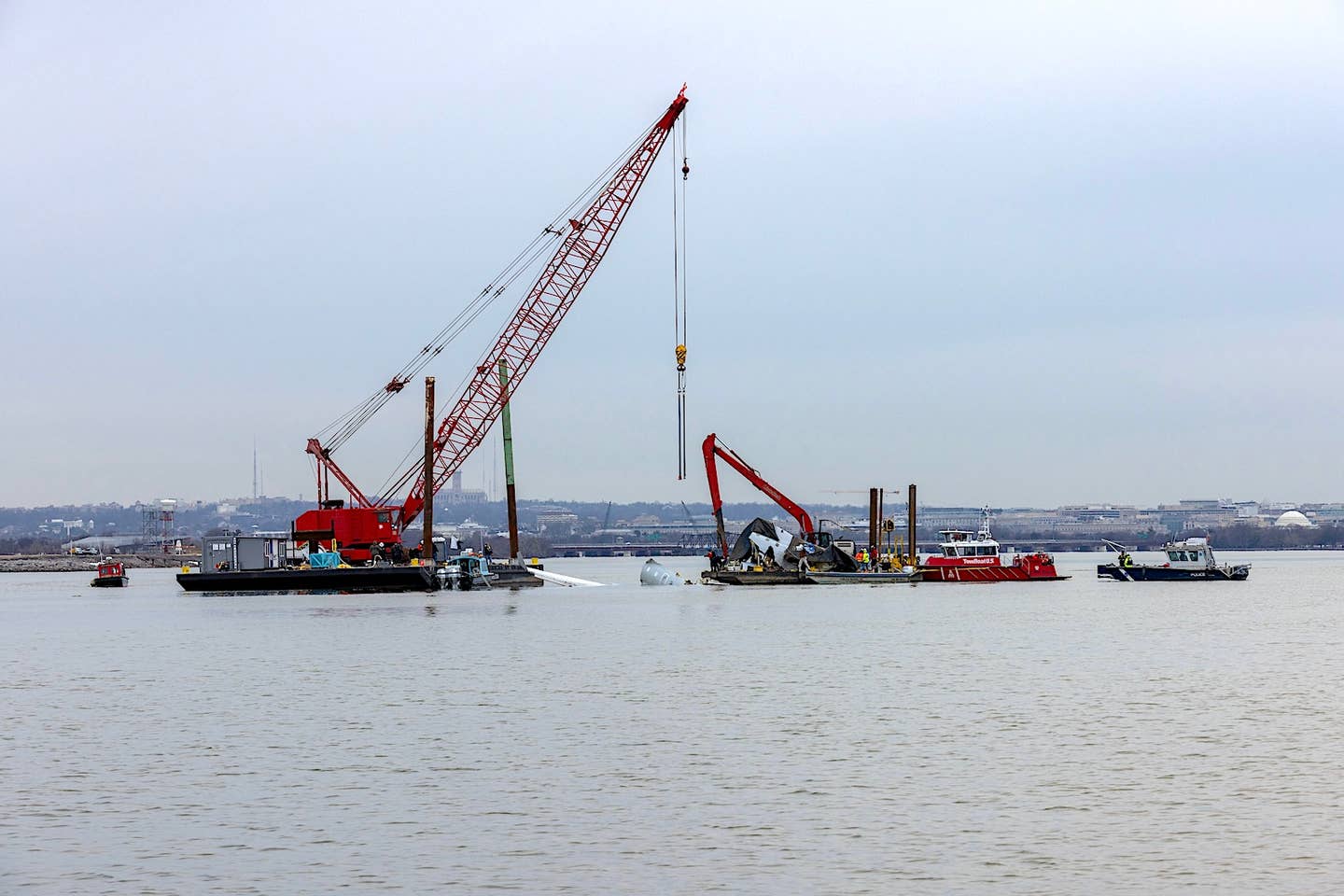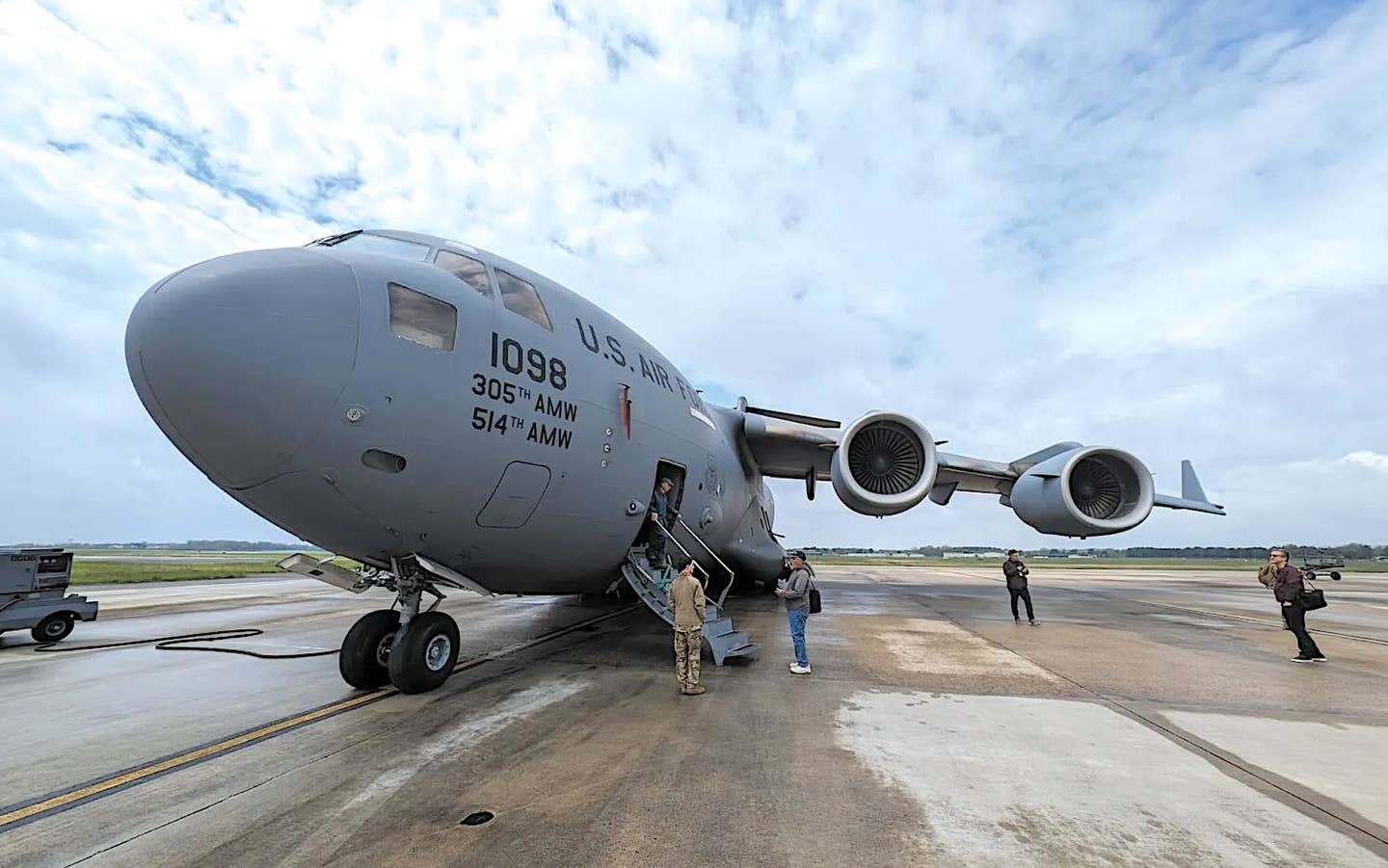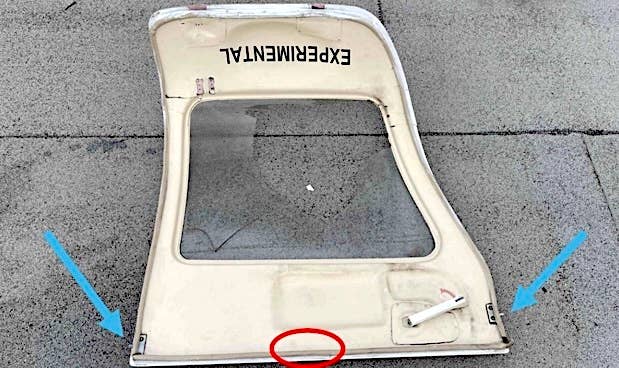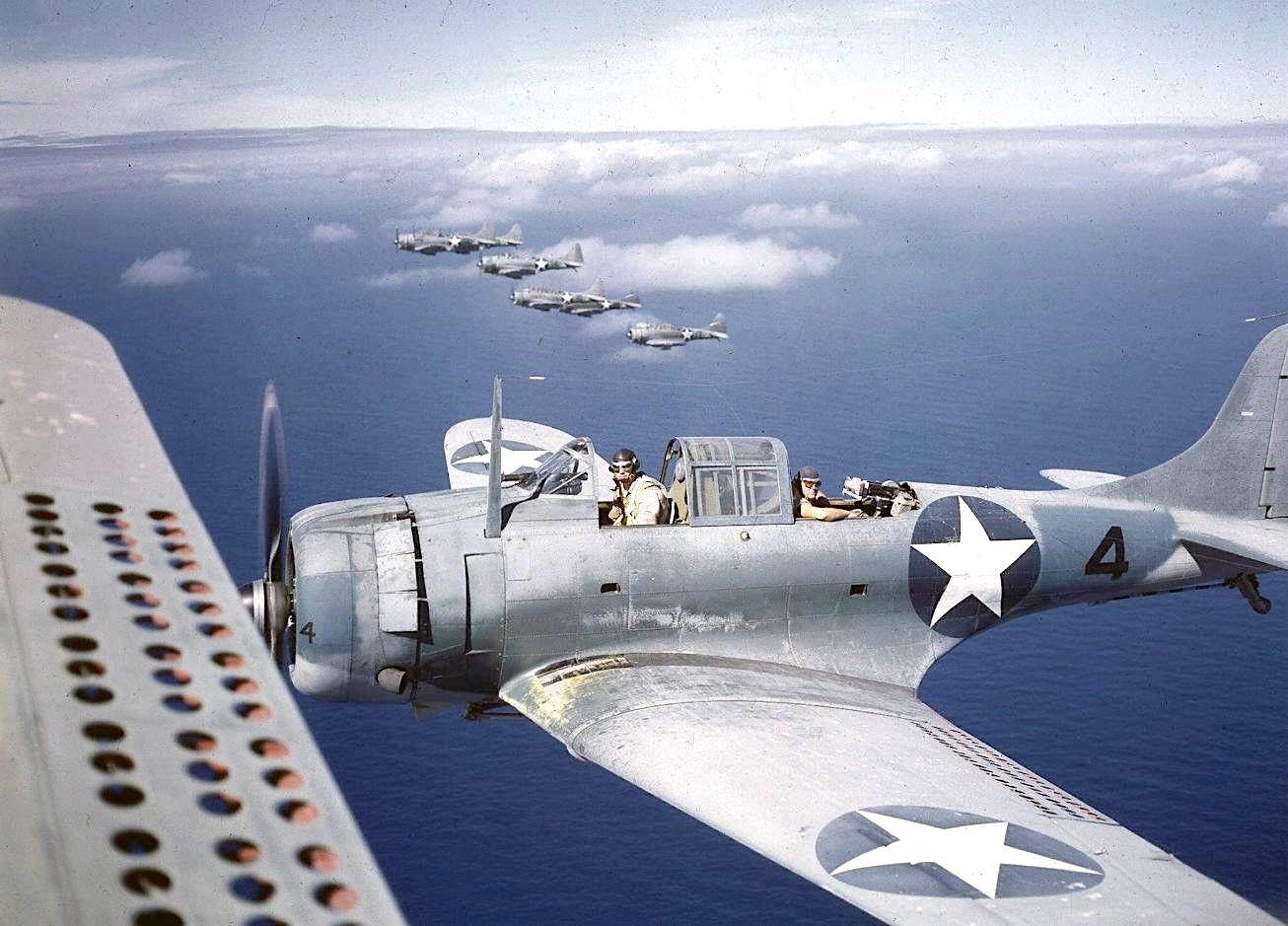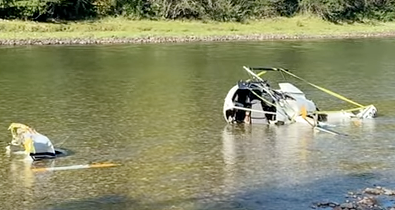General Aviation Accident Bulletin
Recent general aviation and air carrier accidents.

AVweb's General Aviation Accident Bulletin is taken from the pages of our sister publication, Aviation Safety magazine. All the reports listed here are preliminary and include only initial factual findings about crashes. You can learn more about the final probable cause on the NTSB's website at www.ntsb.gov. Final reports appear about a year after the accident, although some take longer. Find out more about Aviation Safety at www.aviationsafetymagazine.com.
November 29, 2018, Marion, Ind.
Piper PA-30 Twin Comanche
At about 1421 Eastern time, the airplane impacted terrain following a loss of control shortly after takeoff. The solo airline transport pilot sustained fatal injuries and the airplane was destroyed. Visual conditions prevailed.
The airplane took off and climbed to about 500 feet AGL, then began a left turn. During the left turn, the airplane entered a downward spiral toward terrain. The airplane impacted terrain and a post-impact fire ensued. The pilot, who was also an airframe and powerplant mechanic, had been troubleshooting an unspecified problem with the left engine. A witness described the accident flight as a "test flight." One of the left propeller blades showed no damage while the other one was straight and bent aft. One of the right propeller's blades was twisted and bent forward, and one blade was twisted and bent aft.
November 29, 2018, Kennesaw, GA
Cirrus SR22
The airplane was substantially damaged when it impacted terrain at 1855 Eastern time, after the pilot deployed its airframe parachute. The private pilot and passenger sustained minor injuries. Night visual conditions prevailed.
During the descent from 17,500 feet MSL—at about 7000 feet and 20 nm from its destination—the pilot felt an engine "jolt" and subsequently received a low oil pressure warning. The pilot diverted to a nearby airport and, while on an extended base leg at about 2000 feet MSL, the pilot experienced another "jolt" and observed sparks emanating from the engine cowling area. Shortly thereafter, the engine jolted a third time, and the pilot pulled the mixture to idle cut-off and turned the ignition key off to shut down the engine. He pulled the Cirrus Airframe Parachute System (CAPS) activation handle and prepared for impact.
Examination revealed the #6 connecting rod had sheared from the upper crankshaft bearing and poked a hole in the crankcase.
November 30, 2018, Memphis, Ind.
Cessna 525 CitationJet CJ2/CJ2+
At about 1028 Eastern time, the airplane collided with trees and terrain near Memphis, Ind. The airline transport pilot and two passengers were fatally injured, and the airplane was destroyed. Visual conditions prevailed
Radar and air traffic controllers observed the airplane climbing through 6000 feet MSL when it began a left turn, descended and disappeared from radar. The pilot had previously been given a frequency change, which was acknowledged, but he never reported to the next controller and no distress message was heard on either frequency. All major airplane components were accounted for at the accident site. There was evidence of a post-impact fire.
November 30, 2018, Fargo, N.D.
Cessna 550 Citation II
The airplane departed controlled flight while on approach and impacted terrain to the right of the runway at about 1353 Central time. The pilot and one passenger were not injured; nine passengers received minor injuries. The airplane sustained substantial damage. Instrument conditions prevailed; the flight was operating on an IFR flight plan.
A witness reported that he "watched the airplane fall out of the sky." He explained that he saw the wings slowly "fluttering" back and forth and recognized that the airplane was about to stall from an altitude of 130 to 140 feet AGL. He said the airplane's nose pitched up and then the right wing went down. He could see the belly of the airplane and he estimated that the angle of bank was possibly 80 degrees. The right-front-seat passenger reported the airplane started to take on ice on the windshield and the deicing boot on the right wing while they were on the approach in the clouds.
Examination of the accident site revealed about ½ inch of mixed ice on the leading edge of the right wing, vertical stabilizer, horizontal stabilizer and on the angle-of-attack (AoA) indicator.
November 30, 2018, Apalachicola, Fla.
Cessna 210D Centurion
At about 1805 Eastern time, the airplane collided with terrain shortly after takeoff. The solo private pilot was fatally injured and the airplane was destroyed. Night visual conditions prevailed.
An airborne witness was approaching the airport from the west as the accident pilot departed Runway 6, and the two pilots exchanged location information over the radio for clearing purposes. The witness subsequently observed a fireball about three miles from his 10:30 o'clock position and notified authorities. The airplane had impacted a marsh about two miles north of the airport. The wreckage path was oriented on a heading of 100 degrees and was about 304 feet in length. The accident occurred as civil twilight ended. Weather included an overcast ceiling at 12,000 feet, 10 statute miles of visibility and light rain.
This article originally appeared in the March 2019 issue of Aviation Safety magazine.
For more great content like this, subscribe to Aviation Safety!

